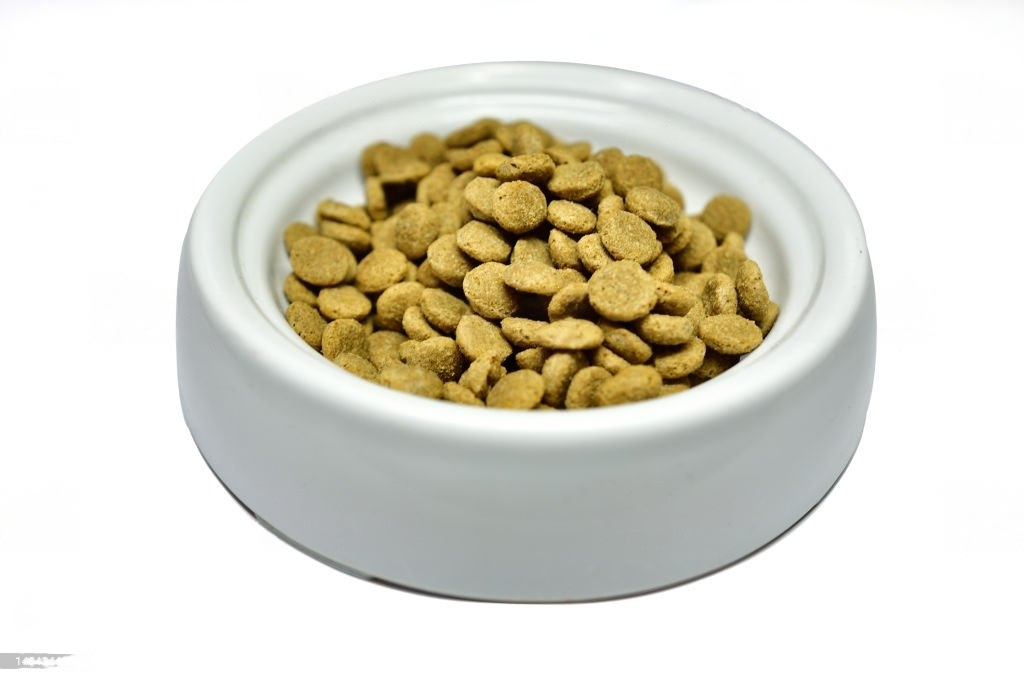As a cat owner, providing your feline friend with the best dining experience is essential for their health and well-being. One crucial aspect of their mealtime is selecting the right cat food bowl. While it may seem like a simple task, choosing the best cat food bowl involves considering various factors to ensure your cat’s comfort and safety during mealtime.
In this article, we will explore the importance of selecting the right cat food bowl, the different types available, and essential considerations to make when choosing the purr-fect dining accessory for your beloved pet.
The Importance of a Suitable Cat Food Bowl
- Supporting Feline Eating Habits: Cats have unique eating habits, and the right food bowl can accommodate these traits. From their preference for smaller, frequent meals to their instinctual behavior of hunting and foraging, a suitable cat food bowl can mimic their natural feeding patterns.
- Promoting Hydration and Health: Hydration is vital for a cat’s overall health. Selecting a bowl that encourages cats to drink more water, especially if they are not fond of water, can help prevent dehydration and promote a healthier urinary system.
- Hygienic and Easy to Clean: Keeping your cat’s food bowl clean is crucial for their health. A suitable cat food bowl should be easy to clean and made of safe, non-toxic materials to avoid any potential health hazards.
Types of Cat Food Bowls
- Stainless Steel Bowls: Stainless steel cat food bowls are a popular choice for many cat owners due to their durability, resistance to rust, and ease of cleaning. They are also less likely to harbor bacteria and are a hygienic option for feeding your cat.
- Ceramic Bowls: Ceramic cat food bowls come in various designs and are an aesthetically pleasing choice. They are heavy, preventing cats from tipping them over easily, and are generally safe when made with lead-free glazes.
- Plastic Bowls: Plastic cat food bowls are affordable and lightweight, but they may not be the best option for all cats. Some cats may develop allergies or skin irritations from plastic materials, and they are more prone to scratches that can harbor bacteria.
- Elevated Bowls: Elevated cat bowls are raised off the ground, providing a more comfortable eating position for cats, especially those with arthritis or joint problems. They can also help reduce the risk of vomiting or regurgitation.
Essential Considerations for Choosing the Best Cat Food Bowl
- Size and Depth: Selecting a cat food bowl of the appropriate size and depth is essential. Cats should be able to eat comfortably without their whiskers touching the sides of the bowl, which can be irritating for them.
- Non-Slip Base: A non-slip base is crucial to prevent the bowl from moving around while your cat eats. This ensures a stable dining experience and reduces the likelihood of spills and messes.
- Dishwasher Safe: Opting for a cat food bowl that is dishwasher safe can make cleaning a breeze and ensure that the bowl remains hygienic for your cat’s health.
- Multi-Bowl Sets: If you have multiple cats, consider purchasing a set of cat food bowls to accommodate all your feline companions during mealtime.
Water Bowls and Fountains
- Importance of a Separate Water Bowl: Providing a separate water bowl from the food bowl is essential. Cats have a natural preference for keeping their food and water sources separate, and having a dedicated water bowl encourages them to stay hydrated.
- Water Fountains for Encouraging Hydration: Water fountains are an innovative option for encouraging cats to drink more water. The flowing water mimics a natural water source, attracting cats and enticing them to stay hydrated.
Addressing Specific Health Concerns
- Slow Feeder Bowls for Fast Eaters: For cats that tend to eat too quickly, slow feeder bowls can help promote slower, healthier eating habits and prevent indigestion or vomiting.
- Whisker-Friendly Bowls: Some cats are sensitive to their whiskers touching the sides of the bowl while eating. Whisker-friendly bowls have shallow, wide designs to prevent discomfort.
- Anti-Vomiting Bowls: Anti-vomiting bowls are designed to reduce the risk of regurgitation, particularly for cats prone to eating too quickly or gulping their food.
Introducing New Bowls to Your Cat
- Gradual Transition: When introducing a new cat food bowl, do so gradually to allow your cat to get accustomed to the change. Cats can be sensitive to sudden alterations in their environment, including their feeding area.
- Familiar Smells: Rubbing the new bowl with a cloth containing your cat’s scent can make the bowl feel more familiar and appealing to them.
Conclusion
Choosing the best cat food bowl is a significant decision that directly impacts your cat’s mealtime experience and overall well-being. Considering your cat’s eating habits, preferences, and specific health needs can guide you in selecting the most suitable option.
From stainless steel and ceramic bowls to elevated and slow feeder designs, there are various choices available to cater to your cat’s unique dining requirements. Investing in the purr-fect cat food bowl ensures your furry friend enjoys their meals comfortably, stays hydrated, and leads a healthy, happy life by your side.




